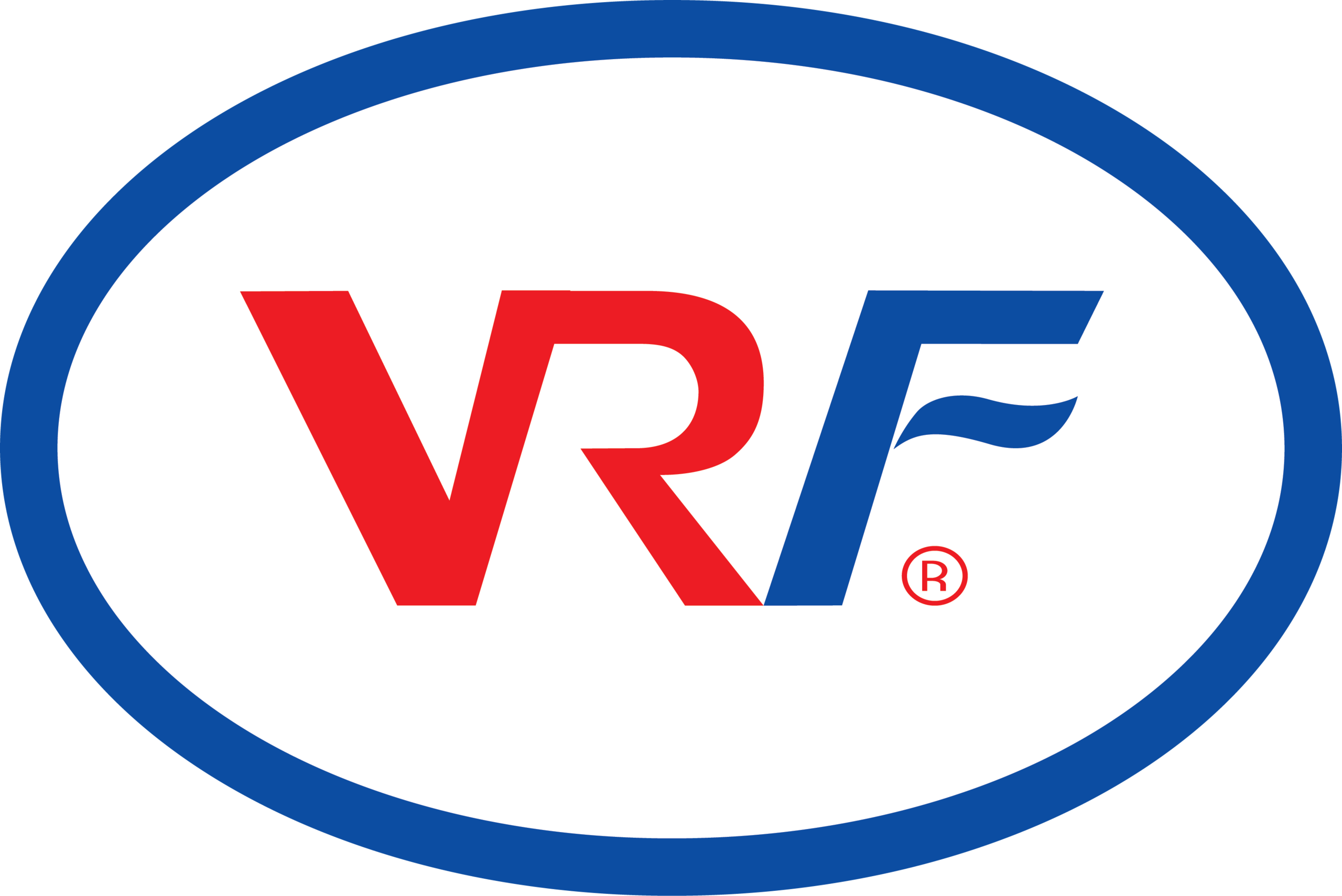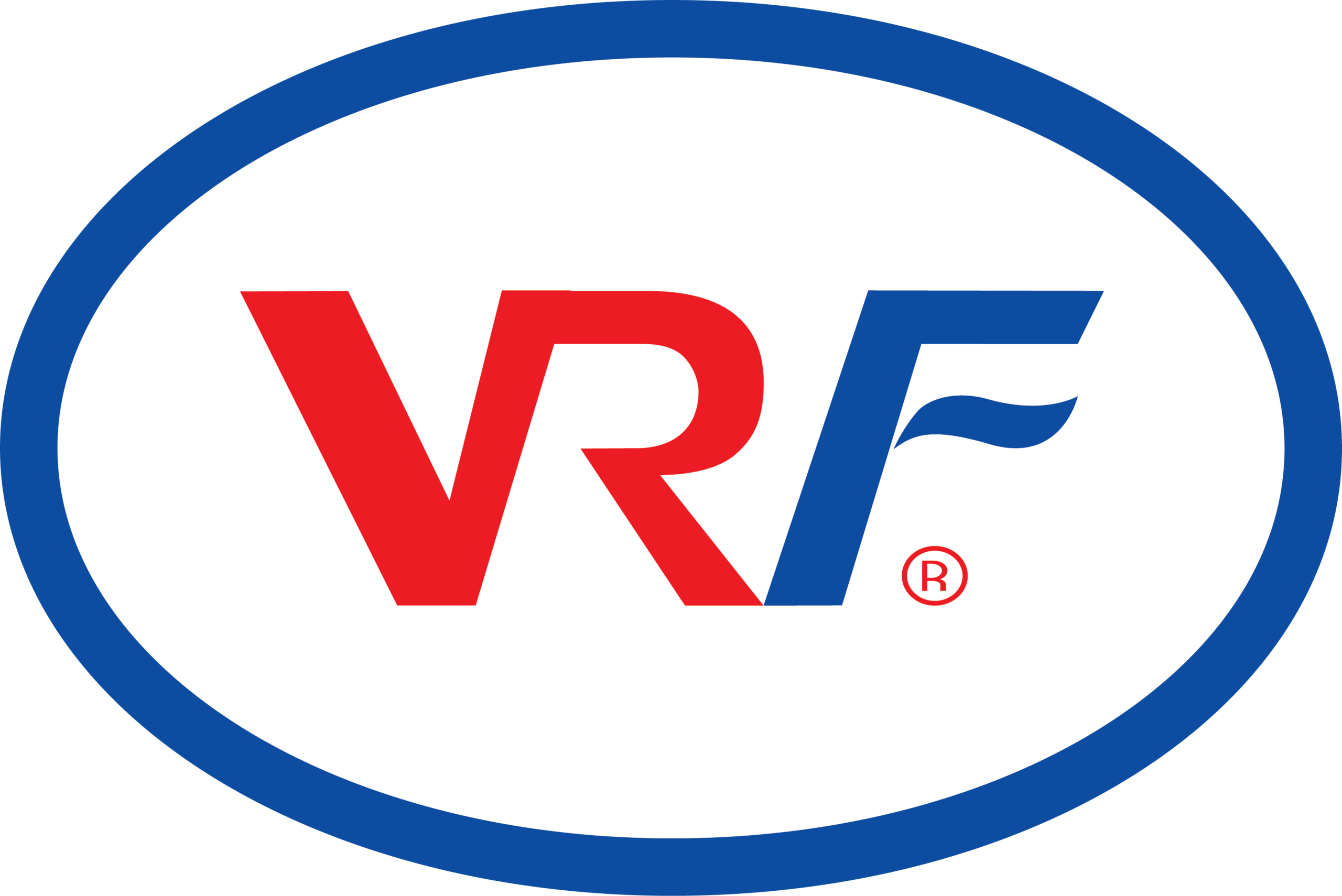In the demanding world of modern engineering, where materials must withstand extreme conditions while retaining flexibility and strength, Co-Polyester Ether Elastomers (COPE) are emerging as a revolutionary solution. Also known as Thermoplastic Polyester Elastomers (TPE-E) or sometimes Thermoplastic Ether-Ester Elastomers, COPE polymers combine the processability of thermoplastics with the elasticity of rubber. This unique blend of properties—including excellent mechanical strength, chemical resistance, and high-temperature performance—makes them indispensable for innovative applications across a wide array of global industries, from automotive to medical devices.
VIEW FULL REPORT ACCESS AT: https://www.marketresearchfuture.com/reports/co-polyester-ether-elastomers-cope-market-40740
The global co-polyester ether elastomer market is experiencing robust growth. This expansion is primarily fueled by the expanding automotive sector, particularly the adoption of lightweight and fuel-efficient vehicles, and the rising demand for flexible and durable materials in applications like medical devices and industrial components.
COPE materials are block copolymers consisting of rigid polyester segments and soft polyether segments. This molecular structure gives them their characteristic properties:
-
Excellent Elasticity and Flexibility: Allowing them to stretch and recover without permanent deformation, akin to rubber.
-
High Mechanical Strength: Including tensile strength, tear strength, and abrasion resistance.
-
Chemical and Hydrolysis Resistance: Makes them suitable for harsh environments.
-
High-Temperature Performance: Retain properties across a wide temperature range.
-
Processability: Can be easily processed using conventional thermoplastic techniques like injection molding, blow molding, and extrusion.
-
Biocompatibility (certain grades): Making them suitable for medical applications.
These advantages position COPE as a superior alternative to traditional rubber and other elastomers in many demanding applications.
The applications for COPE are incredibly diverse and innovative. In the automotive industry, they are extensively used for high-performance applications such as fuel lines, air ducts, seals, bushings, and under-the-hood components, contributing to fuel efficiency and reduced emissions through lightweighting. The medical sector is rapidly adopting COPE as a replacement for PVC and silicone rubber in applications requiring flexibility and elasticity, such as medical tubing, IV bags, and syringe stoppers, due to their biocompatibility and non-allergenic properties. In industrial applications, COPE is found in hoses, belts, gears, and other durable goods. They are also used in consumer goods like footwear components and sporting goods, and increasingly in electric vehicle (EV) components for battery protection and insulation, where their durability and lightweight properties are highly valued.
Geographically, North America and Europe currently hold significant market shares due to established automotive and medical industries. However, Asia-Pacific is witnessing the fastest growth rate due to increasing industrialization and automotive production, particularly in emerging economies. As industries worldwide prioritize safety, environmental responsibility, and efficiency, COPE materials are emerging as a critical and versatile solution, building the future of global engineering.



